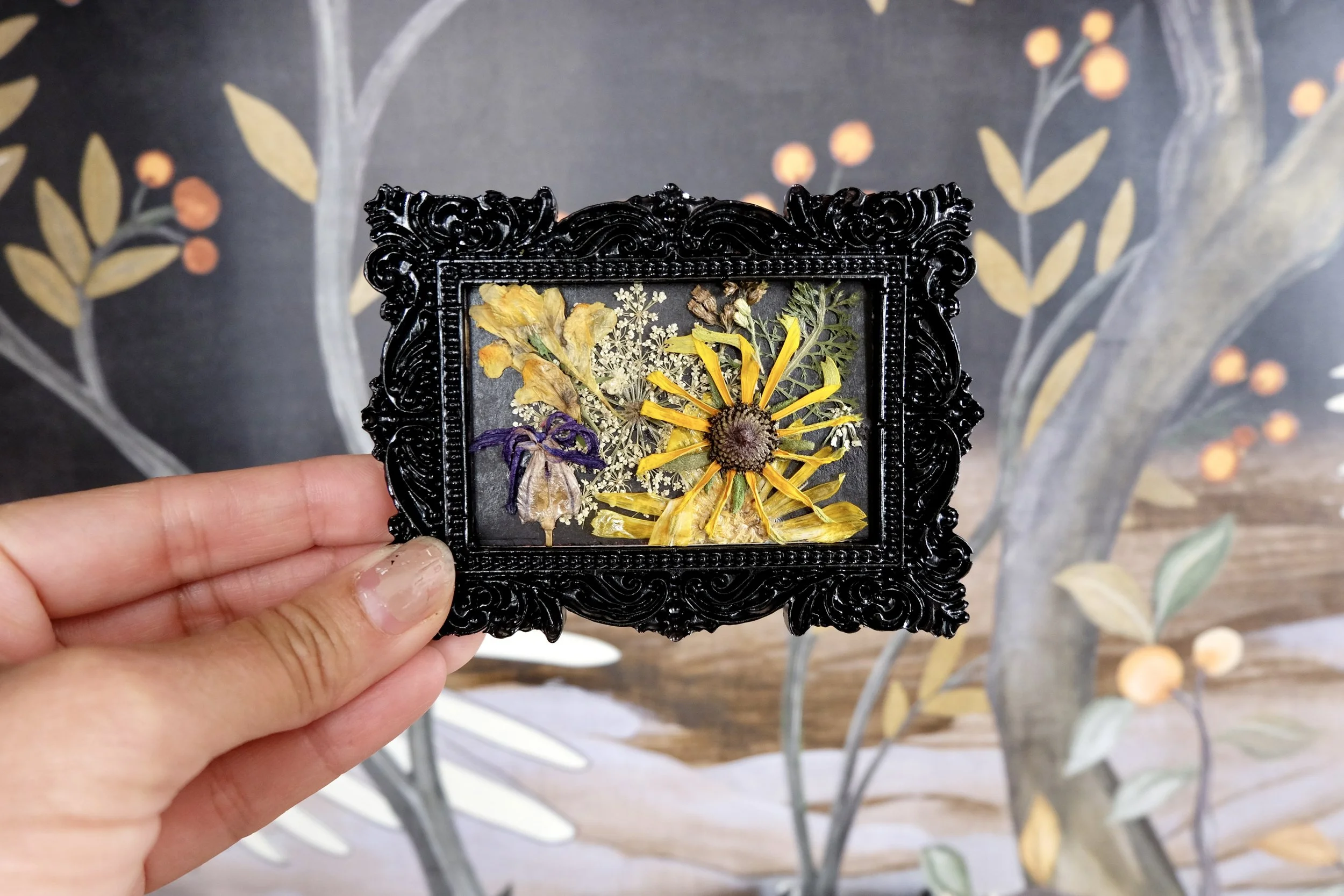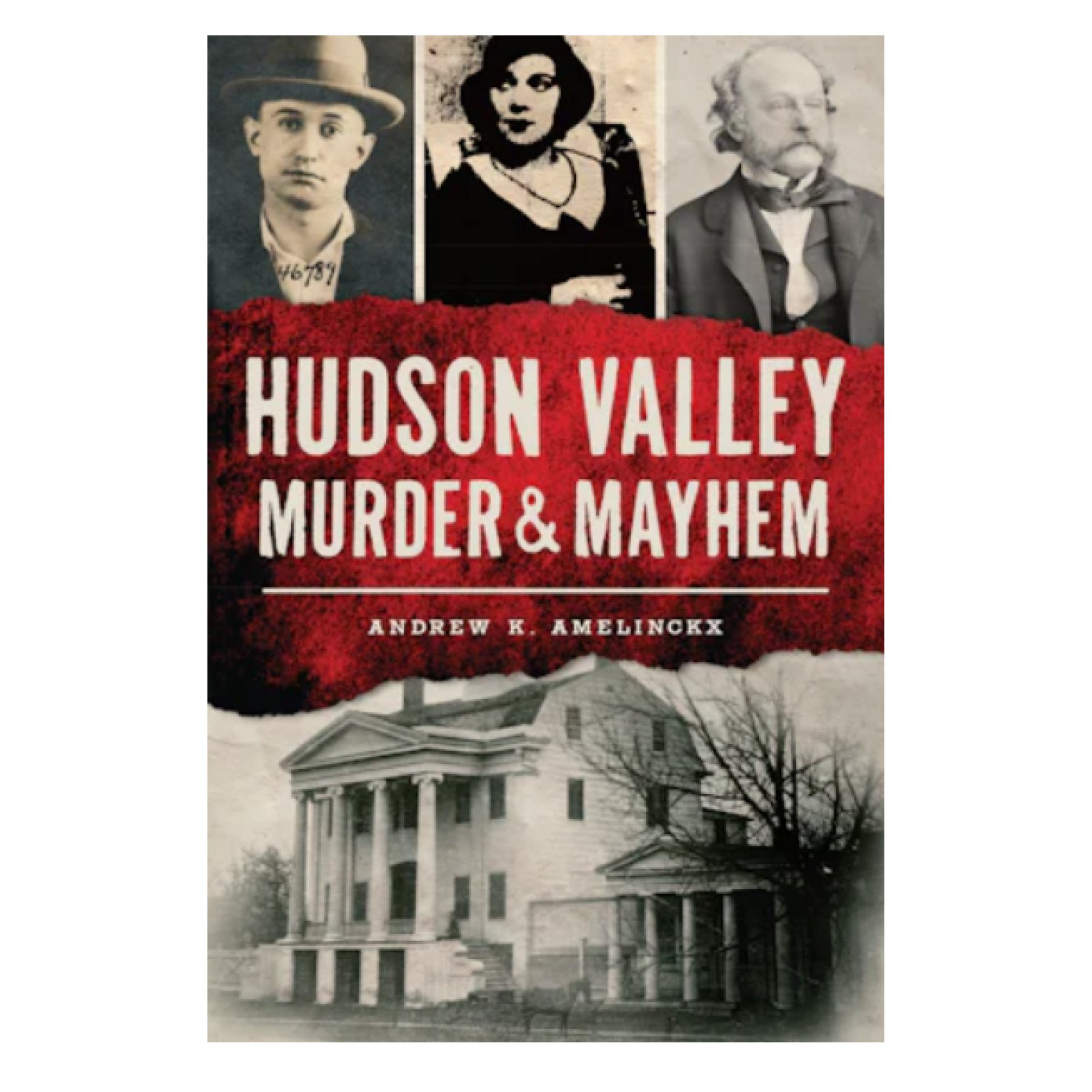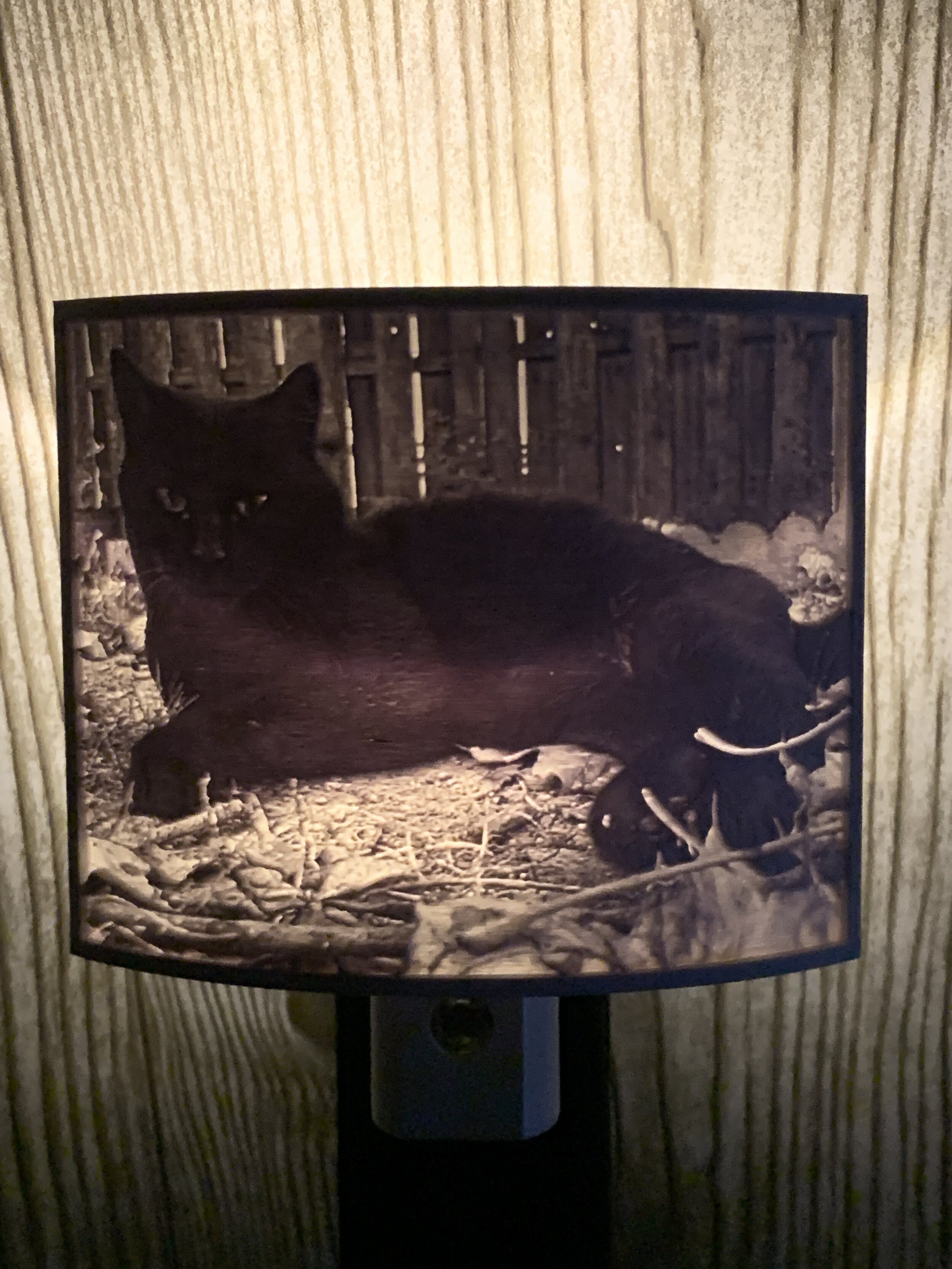Taking on the task of rebuilding one man’s Opus
story + photos by niki@hvny.info
In the spring of 1939, one man in Ulster County quietly began building the six-and-a-half-acre bluestone mecca we know today as Opus 40. Now, some 84 years later, there is an elite team of skilled stone craftsmen taking on the task – and responsibility – of securing that work for future generations to come.
Harvey Fite moved to the Hudson Valley in 1934 to take a teaching position at Bard College as one of the founders of the college’s fine art department. A few years later, he purchased an abandoned quarry in Saugerties from the widow of the last quarrymaster. The land in Ulster County cost $250 at the time, but, according to records, he was a little short so he paid just $25 down, and began his legacy in the tiny hamlet of High Woods.
Harvey Fite at work. Photos by Maria LaYacona.
To create the landscape we see today, Fite used dry stone techniques he learned while working with an archaeological team restoring Mayan ruins in Honduras. By carefully fitting stone upon stone, the pressure created through this dry key construction has the potential to last thousands of years.
But since Fite’s masterpiece was built with leftover quarry slag – the rubble they weren’t selling – “a lot of the stone itself is deteriorating,” says Brian Post, dry stone master craftsman and project manager for the restoration at Opus 40.
Post, founder and operator of Standing Stone LLC in Vermont, worked on the repair of a collapsed wall at Opus 40 in 2016. “Even at that time I could see additional restoration work would be needed and I knew I wanted to be involved. Six years on, I am thrilled to be able to lead a professional team of some the best dry stone wallers in the country.” Also joining the restoration is Jared Flynn, founder of Jared Flynn Stonework, and Michael Weitzner, owner and operator of Thistle Stone Works. Each is certified by the Dry Stone Walling Association of Great Britain at the highest level as Dry Stone Master Craftsmen.
“Due to the unique nature of the Opus 40 sculpture, only experts in traditional dry stone masonry and structural restoration can direct this complex conservation effort,” says Jonathan Becker, Opus 40 Board President. “We are proud that we have been able to connect with such a remarkable group to lead this all-important project, and we look forward to working together to preserve Harvey Fite’s masterwork.”
One of the challenges of reinforcing the aging bluestone walls and walkways, Post said, is that Fite’s work is largely built on top of a loose style of stone. “The structure underneath is settling and moving, and that’s causing a lot of issues.”
During this initial five-week restoration, the master stone craftsmen will be focusing on addressing the areas that are most likely to have catastrophic failure, like the wall on the edge of the amphitheater, and the entrance ramp wall, a typically high-traffic path leading to The Monolith, Fite’s 9-ton centerpiece.
“We can rebuild this wall with the same aesthetic but in ten year’s time we’d run into the same issue,” Post said. To offset the impacts of the freeze-thaw cycle, fueled by recent winter rains, the restoration team will be utilizing methods currently being used to remedy stone bridges throughout the Northeast – like a rubber roof membrane pitched to a drainage pipe tucked under the stone near the Opus amphitheater – as well as simply rebuilding sections from the ground up. “It’ll have the same form, the same feel.”
While there may be more machinery used in this restoration process than in it’s original construction, all of the stone used to shore up the site is being sourced directly on the property, with Post and crew members scrounging through piles of bluestone in the woods to find the right pieces, just like Harvey Fite did.
“A lot of what we’ve talked about,” says executive director Caroline Crumpacker, “is to keep the sculpture as it is, taking things down and rebuilding them, and using the same methodologies and same overall looks that Harvey had used.”
Crumpacker, who has been at the Opus 40 helm for the past four years, has had to learn the intricacies of overseeing such a unique site. “When I first took the job I was like ‘oh, it’s a beautiful place with remarkable artwork,’ and then it dawned on me that ‘I’m going to have to learn really quickly about the care and maintenance of a dry stone structure, which I knew nothing about, I mean nothing about,” she said with a laugh. “When we got the funding to do this restoration project, it was clear to even to me that we needed to do restoration, the integrity was low in areas.”
In addition to restoring Fite’s work, the project will also transform into a drystone training site offering hands-on dual-lingual workshops and mentoring programs for local stonemasons looking to further their skillset, with outreach targeted to the Hudson Valley’s Spanish-speaking stonemasons. Dry stone training and DSWA-GB certification will take place directly on the sculpture park grounds.
“This will also ensure Opus 40 has local access to qualified masons to monitor and repair our sculpture moving forward,” Crumpacker added. “The benefits of this project are huge.”
“It’s really rewarding,” Post said about working on Fite’s masterpiece. “I tend to be fairly focused on the practical end of things, I don’t focus too much on the spiritual, but you do feel it … you’re making someone’s legacy and that feels really good.”
Weekend visitors to Opus 40 can take guided tours of the site this spring, and get a unique view the restoration work taking place through the month. But please note: Due to this work, some areas may be closed off to foot traffic during your visit.
VISIT Opus 40
356 George Sickle Road, Saugerties
Currently open Fridays through Sundays, 10:30AM to 5PM
Admission is $11, $9 seniors, students and veterans
No animals other than service animals are allowed.
Opus40.org
ADVERTISEMENT








































